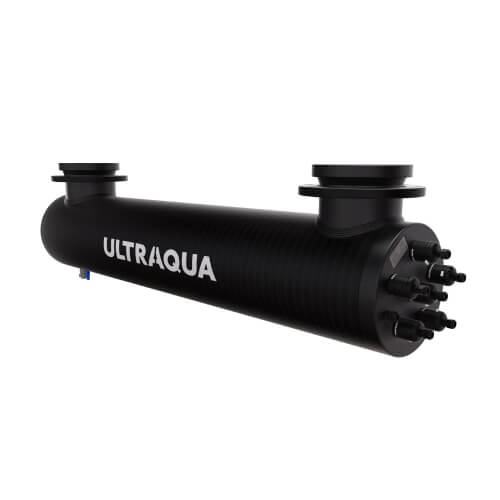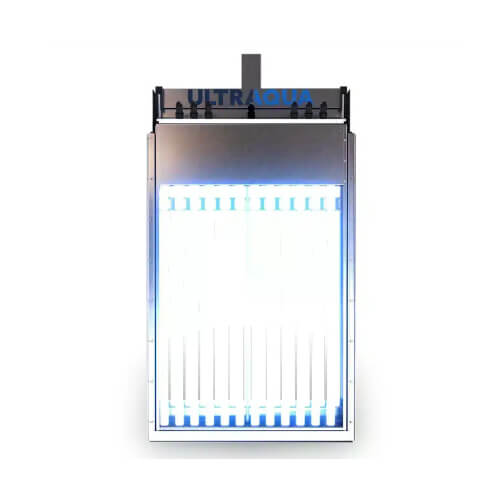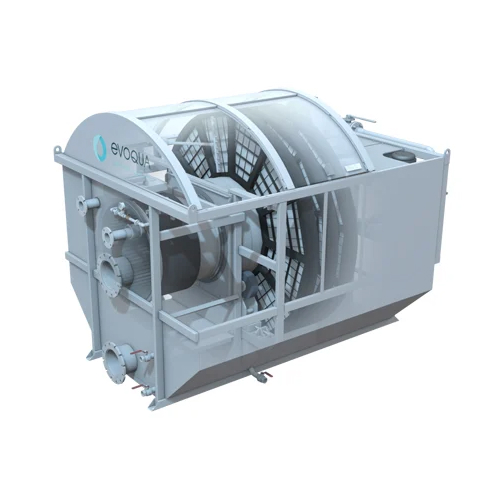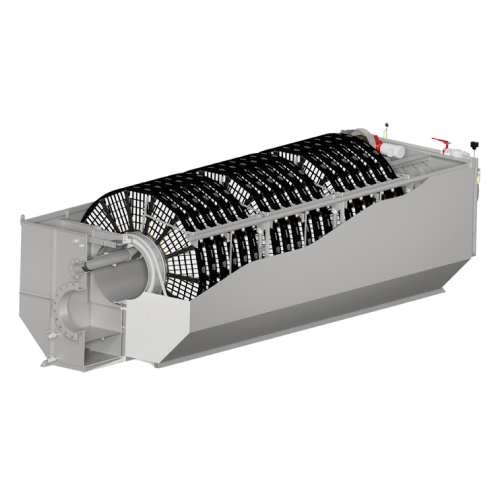Municipal and industrial wastewater treatment
Municipal and industrial wastewater treatment is a multi-stage process designed to remove contaminants and ensure the treated water is safe for discharge or reuse. This process involves primary, secondary, and tertiary stages, incorporating advanced technologies to enhance efficiency and environmental safety.
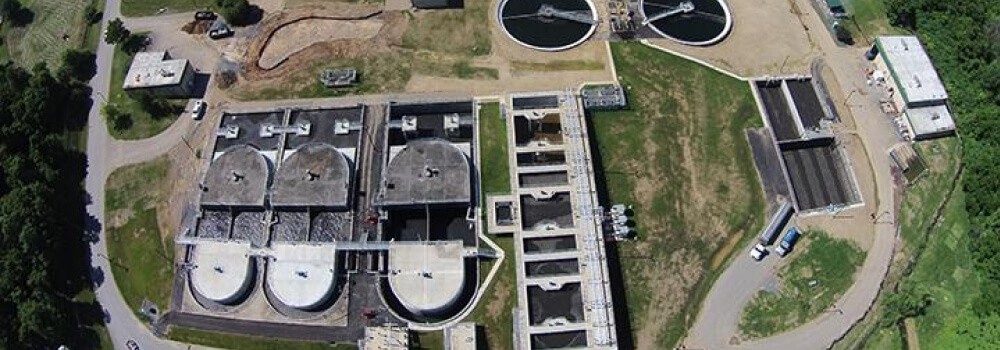
The primary treatment phase focuses on the physical separation of large solids and suspended particles from wastewater. This step relies on gravity, allowing heavier particles to settle as sludge, while lighter materials like oils and grease float to the surface for removal. The result is a clarified liquid that moves on to more intensive treatment.
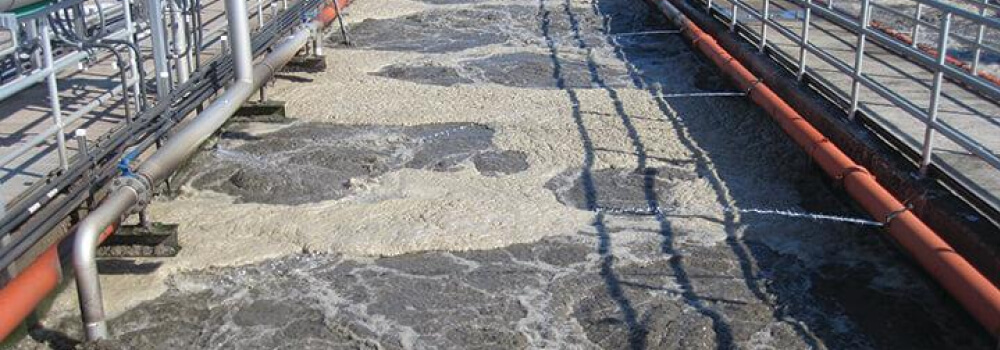
The wastewater oxidation process is a crucial component across multiple stages. Aeration is a key technique, introducing air to promote the growth of aerobic microorganisms that break down organic matter. This oxygenation supports biological activity and helps oxidize harmful substances. Hydrogen peroxide is often introduced as an oxidizing agent, further decomposing organic pollutants and aiding in the control of odors. Ozonation, another powerful method, involves injecting ozone gas into the water. Ozone’s strong oxidative properties destroy microorganisms, break down organic compounds, and improve overall water quality without leaving harmful residues.
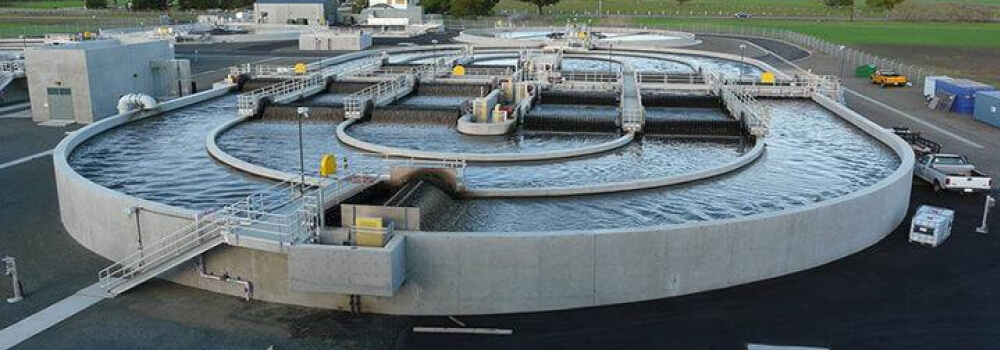
Secondary biological treatment is designed to remove dissolved organic matter that escapes primary treatment. Membrane bioreactors (MBRs) combine biological processes with membrane filtration, allowing for high-quality effluent by retaining biomass and ensuring efficient organic degradation. Biodisks, rotating biological contactors with disks partially submerged in wastewater, foster biofilm growth on their surfaces. As the disks rotate, they repeatedly expose the biofilm to oxygen, supporting microbial breakdown of pollutants.

Tertiary filtration provides an additional level of purification, targeting finer particles and residual contaminants. Disc filters are widely used in this stage, consisting of rotating discs covered with a fine mesh. As water passes through the mesh, particulate matter is trapped, ensuring the final effluent meets stringent quality standards.
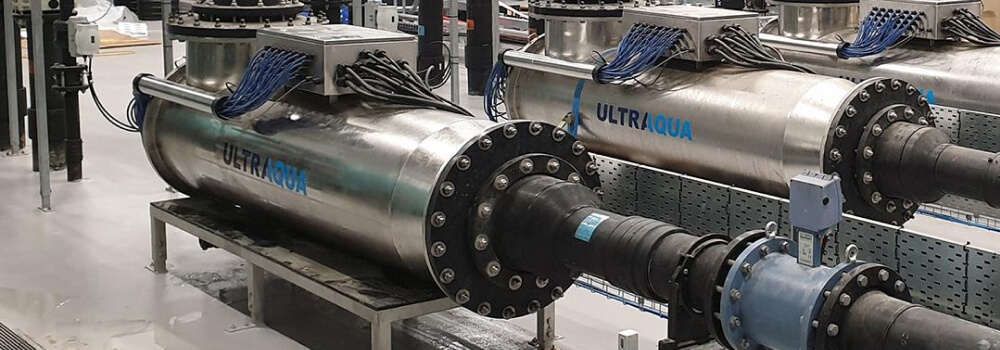
Disinfection marks the final step in wastewater treatment, ensuring any remaining pathogens are neutralized before the water is released or reused. Ultraviolet (UV) light is a highly effective, chemical-free disinfection method. By exposing water to UV radiation, microorganisms’ genetic material is disrupted, preventing them from replicating and rendering them harmless. This process offers a reliable and environmentally friendly alternative to traditional chemical disinfectants.
The combination of these processes ensures that both municipal and industrial wastewater undergoes thorough purification. Each stage builds on the last, contributing to cleaner water, safer ecosystems, and a more sustainable approach to managing water resources.
Products
Request a quote
You can trust the 10-year experience of our engineers in striving to provide the best solutions for your business!

